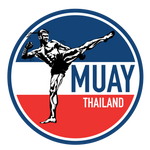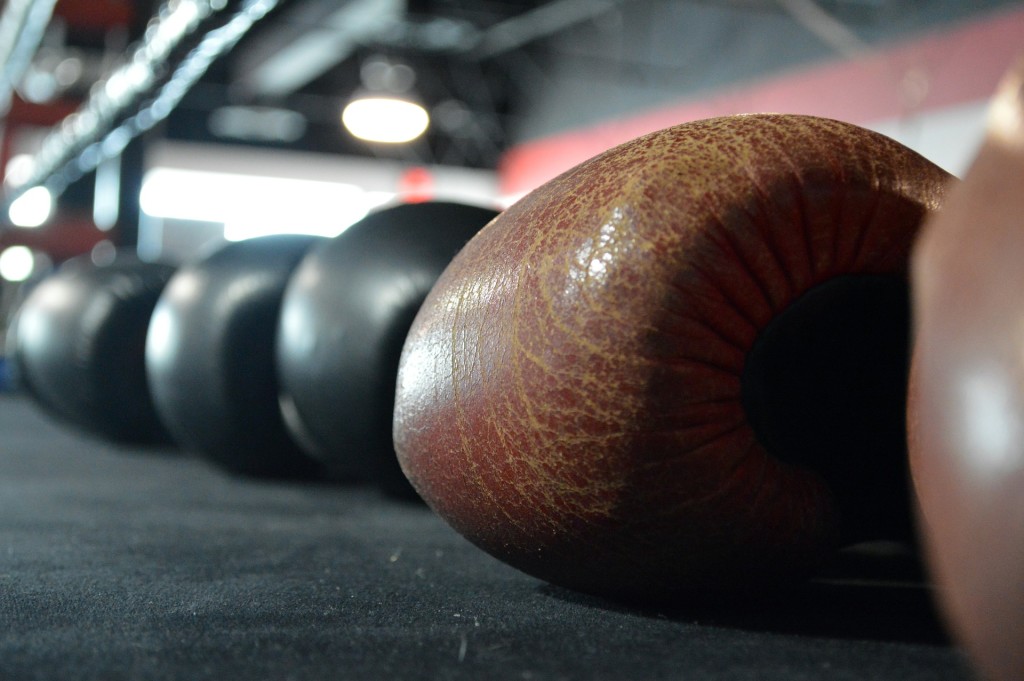A Brief History of Muay Thai
Modern Muay Thai has evolved from its historical Muay Boran roots, where it was used in battles when soldiers lost their weapons, to a regulated, rules based ring sport. Muay Thai is Thailand’s most famous culutural export and, nowadays, is known throughout the world for its beauty and brutality. It is the principal striking discipline used in MMA and its global popularity is growing rapidly – ensuring its future on the world stage is as exciting and interesting as its history.
While it is difficult to trace the exact routes of Muay Thai due to the destruction of historical records at the hands of the Burmese during their sacking of the capital (Ayutthaya) of Siam (Thailand) in 1767, we can trace its rise as a spectator sport beforehand thanks to some legendary figures. Nonetheless, it is clear that Muay (boxing), in various forms, was used in warfare for thousands of years by peoples in region.
King Naruesan was one of the first of these legendary figures. In 1560 the King was captured by the Burmese, during one of the many wars between the two countries. Before he was captured, the King was known for his fighting skills and prowess (like many other Siam kings of the time) and was challenged to fight some of the best Burmese warriors. If victorious, he was to be granted his freedom. King Naruesan rose to the challenge, defeated all those brought before him and won his freedom.
The legendary tale of Naruesan fighting for his country & freedom spurred a national interest in the sport and helped influence a rise in loosely organised, small events for entertainment throughout the country.
Nai Khanom Tom was another of these legendary figures and he made Muay Thai history in 1774 after being captured as a prisoner of war by the Burmese during the sack of Ayutthaya (1767). Like Naruesan before him, Nai Khanom Tom was known for his fighting prowess and was challenged to face off against some of the best Burmese fighters in front of the King of Burma. Legend has it that Nai Khanom Tom had to defeat ten fighters in a row, without a break. Through what was surely a brutal content, he fought relentlessly and showcased the honour and warrior spirit of Muay Thai. Thereafter, he returned home laden with gifts from the King of Burma and became known as the Father of Muay Thai.
During this period, Muay Thai bouts were undertaken on the ground with a rope laid out in a circle to represent the boundaries. Fighters would wrap their hands in rope or cotton instead of gloves.
Muay Thai’s rise to the global sport of today was highly influenced by the homage paid to it by the Thai monarchy.
“The Tiger King” (1662 – 1709) was a key influencer who respected and enjoyed Muay Thai so much that he would often disguise himself in a Tiger mask and enter tournaments. The disguise ensured that his opponents would not recognise him and refuse to fight on account of his majesty. He is known for fighting in various village tournaments, temple matches and at festivals and fairs. He loved the sport (and a good fight) so much that he worked hard to popularise it throughout the country and embedded it in as part of military training.
Another notable influencing monarch was King Chulalongkorn (Rama V). Rama V had a strong personal interest in the sport and helped popularise it as a means of exercise, self-defense, discipline and personal development. His efforts helped drive the popularity of the sport and he ushered in a golden age for Muay Thai and his country.
Thereafter, Muay Thai became increasingly regulated with codified rules being introduced (thanks to King Rama VII) and the first official boxing ring being built in 1921. Gloves soon replaced rope & cotton and in the 1930s “Muay Thai” became an officially used term for the sport as it became increasingly internationally known.





